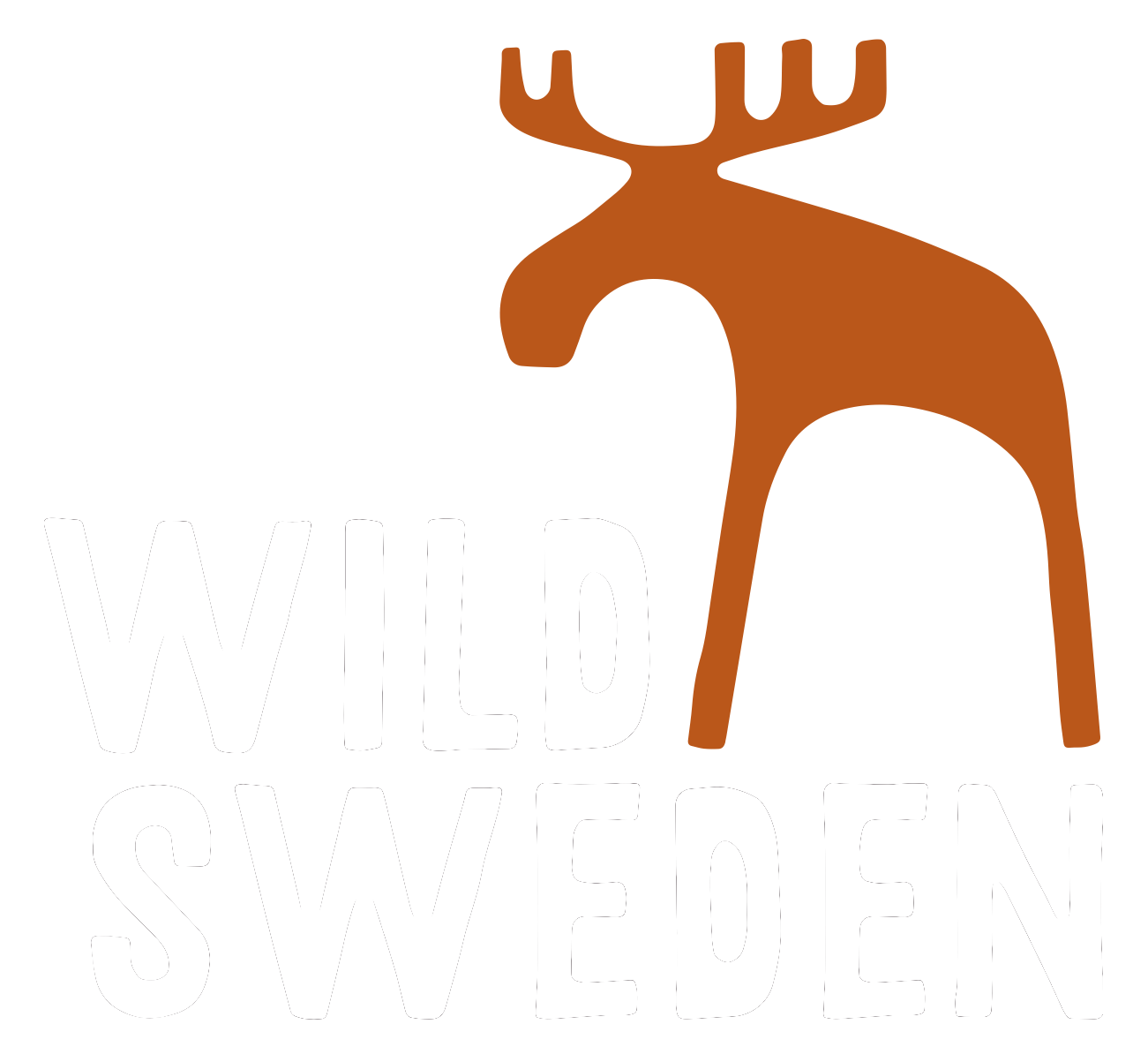Facts about Beavers in Sweden 🦫
Meet the Beaver: the forest Engineer
The Eurasian beaver (Castor fiber) is one of the most fascinating wild animals in Sweden.
Beavers are sometimes called the engineers of the woods, and they truly live up to that name. These remarkable rodents can transform entire ecosystems with their dam-building skills.
In Sweden, the Eurasian beaver (Castor fiber) is a rewilding success story, having made a remarkable comeback after near extinction.
If you're curious about beavers in Sweden or hoping to see one in the wild, this page is for you.
QUICK FACTS
Scientific name: Castor fiber
Weight: 11–30 kg (adult)
Body length: 80–100 cm (excluding tail)
Tail length: 25–50 cm
Lifespan: 16–24 years
Population in Sweden: Estimated at over 150,000
Natural predators: Humans (hunting and traffic), wolves, lynx
Elite Swimmers and Divers
Beavers are well-adapted to aquatic life. Their oily, waterproof fur, strong rear webbed feet, and paddle-shaped tails make them excellent swimmers.
They can close their noses and ears when diving and stay underwater for up to 20 minutes. While they prefer water for safety, beavers also spend time on land for feeding and maintaining their lodges and dams.
Perfectly Suited for Cold Water
A beaver's fur is incredibly dense, with about 23,000 hairs per square centimeter (humans have around 700). They secrete a substance called castoreum to grease their coats, providing insulation against cold water.
Illustration of beavers working on their lodge.
Lodge Builders
Beavers always live close to water, be it a lake, river, stream, or even the sea. They construct lodges on the shore using branches, twigs, mud, and rocks.
Some lodges can reach the height of an average human. The living area inside is kept dry and above the waterline, with an underwater entrance to deter predators. In areas with sandy or muddy banks, beavers may dig burrows instead.
Family Life
Beavers live in family groups consisting of an adult pair and their offspring. The young, called kits, are born in May, with up to four kits per litter. Families can include kits from previous years, forming groups of up to eight individuals.
Not all beavers build Dams
To ensure their lodge entrances remain under water and living quarters stay dry, beavers build dams to regulate water levels. While those living in lakes and rivers benefit from stable water levels, beavers in small streams construct dams using branches, twigs, and mud to create ponds or small lakes.
Why do beavers Cut down trees?
Beavers are known for felling trees. An adult beaver can cut down a tree up to 50 centimeters in diameter overnight. They often gnaw around the trunk and wait for the wind to topple it. The primary reasons for this behavior are to access leaves, shoots, and bark for food, and to gather materials for building lodges and dams.
Do beavers eat fish?
No, beavers don’t eat fish, they are strict vegetarians. Their diet includes leaves, bark, herbaceous plants, and aquatic vegetation. They do not hibernate but become less active in winter, relying on stored food and resting more.
Hunted to exitinction
The European beaver is a species of beaver, which was once widespread in Sweden, but it was hunted to near extinction by the end of the 1800’s. The last beavers in Sweden were killed in 1871. It was hunted both for fur and for castoreum, a secretion from the beaver's scent glands, historically used in perfumes and believed to have medicinal properties.
A successful reintroduction
Between 1922 and 1939 approximately eighty individuals were reintroduced into Western Sweden from Norway. Since the reintroduction the Beaver population has increased to an estimated 150,000 Beavers and it is now returning to much of its former range. The beaver population in Sweden is increasing.
🛶 Experience Beavers in the Wild
Observing beavers in their natural habitat is a unique and memorable experience. WildSweden offers guided tours that provide opportunities to watch these fascinating creatures as they swim, build, and interact in the wild.
Our experienced guides ensure respectful and unobtrusive wildlife watching, enhancing your connection with nature.
Where and When to See Beavers in Sweden
Beavers are shy and mostly active around sunset and at night. They live along rivers and lakes, especially in quiet forests.
Some of the best places to spot beavers in Sweden include:
The forests around Skinnskatteberg (Bergslagen)
Quiet rivers and streams in central Sweden
Nature reserves with wetlands and slow-moving water
Want to see one? Our beaver tours give you a great chance to observe them in the wild.
Quick Facts Recap
Beavers are expert swimmers, capable of staying underwater for 20 minutes.
Their dense fur and castoreum secretion protect them from cold water.
Beavers build lodges with underwater entrances for safety.
They live in family groups and have up to four kits in May.
Beavers construct dams to maintain stable water levels.
They are vegetarians, feeding on leaves, bark, and aquatic plants.
Once extinct in Sweden, beavers have made a successful comeback.
Ready to enter the world of beavers?
Join one of our guided tours where we go to watch for beavers in a lake and river.








